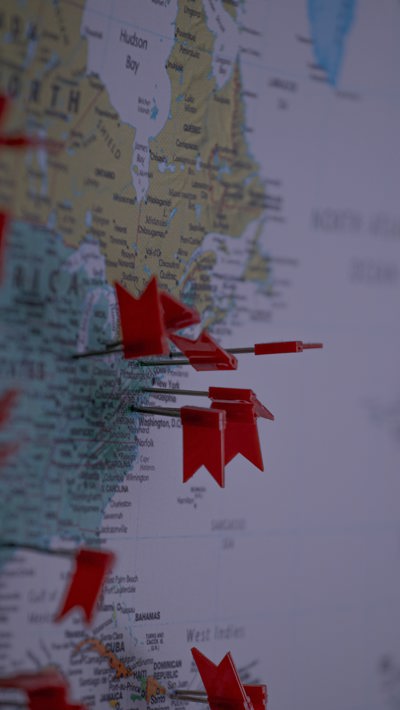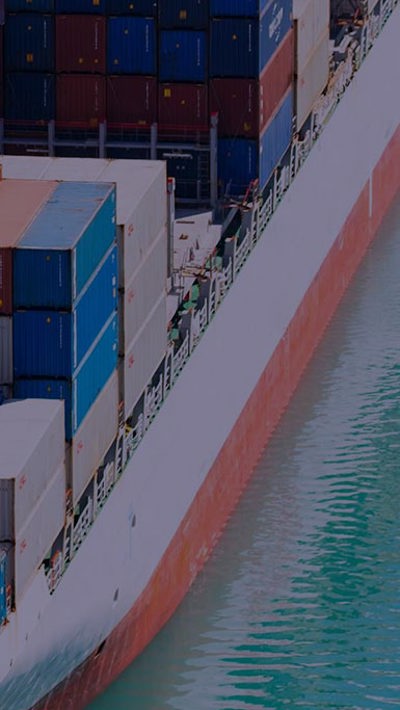Speak to our experts
Contents
China’s application to join the Comprehensive and Progressive Trans-Pacific Partnership (CPTPP), lodged with New Zealand as the CPTPP depositary on 17 September, has been broadly welcomed by New Zealand exporters but China has a difficult process ahead to achieve accession.
The CPTPP requires consent from all Parties to join. Current Parties are Australia, Canada, Japan, Mexico, New Zealand, Peru, Singapore and Vietnam. The remaining three signatories – Brunei Darussalam, Chile and Malaysia – have yet to complete ratification and as such, do not have “Party” status within the context of the Agreement.
The CPTPP already covers almost 14% of global merchandise trade,1 and studies indicate that China’s entry would unleash a potential 50% trade expansion and a 76.7% increase in global income gains, taking the total to US$632b.2
China’s accession bid follows its ratification of the Regional Comprehensive Economic Partnership (RCEP) in March of this year. RCEP is the world's largest trading bloc, with South Korea, China, Japan, Australia and New Zealand among its members.
Accession process
The CPTPP Commission, comprising representatives at Ministerial or senior official level of each CPTPP Party, must decide by consensus whether to start China’s accession process.
The fact that the three largest CPTPP Parties are all pursuing complaints against China at the World Trade Organization (WTO) – Japan over steel, Canada over canola and Australia over wine – suggests that this might not be straightforward.
Japan, the CPTPP Commission Chair this year, has already signalled some reluctance, with Economic and Fiscal Policy Minister Nishimura Yasutoshi saying:
it’s necessary to determine whether China… is ready to meet [the CPTPP’s] extremely high standards.
For a detailed description of the CPTPP accession process, check out Chapman Tripp’s commentary of February this year on the UK’s bid earlier this year to join the CPTPP.
Assuming China clears this hurdle, it will need to reach agreement on mutually satisfactory market offers with existing Parties on access for goods, services and investment, government procurement, and the temporary entry of people.
Parties might challenge China to make reforms to policies in areas such as industrial subsidies, state-owned enterprises (SOEs) and government procurement to be eligible for CPTPP membership. It is widely expected that compliance with the CPTPP’s obligations on SOEs and electronic commerce will be particularly problematic for China.
This does not mean it is impossible.
Viet Nam overhauled its labour code to recognise the right of workers to form independent unions following its entry to the CPTPP; and most other CPTPP countries have exemptions for any SOE that is owned or controlled by a provincial, territorial or local government while the CPTPP itself provides an exemption for SOEs with revenues below a certain threshold.
China’s new data security law, which includes a ban on taking data out of the country, would seem to run counter to the CPTPP’s commitments to data flows, including a specific requirement that the Parties “shall allow the cross-border transfer of information”. However China might seek to rely on the public policy exceptions that accompany the obligations in the electronic commerce chapter.
Timing
China’s bid came just hours after announcement of the new Australia, United Kingdom and United States security partnership (AUKUS), a move seen by some as aimed at countering China's influence in the Pacific.
The Chinese foreign ministry, however, has said the CPTPP application is totally unrelated to AUKUS.
A week after China put its hand up, Taiwan also applied to join the CPTPP. Taiwan is also seeking bilateral free trade agreements with the United States and European Union.
The UK is currently in discussions to join the CPTPP, with Indonesia, the Philippines, South Korea, and Thailand all expressing interest in joining too.
Our thanks to Tracey Epps and Danae Wheeler for writing this Brief Counsel.
1 The Center for Strategic and International Studies, “The CPTPP: (Almost) One Year Later” 5 November 2019 https://www.csis.org/analysis/cptpp-almost-one-year-later
2 Peterson Institute of Economics “China Should Join the New TransPacific Partnership” (January 2019).









































